

Muskegon
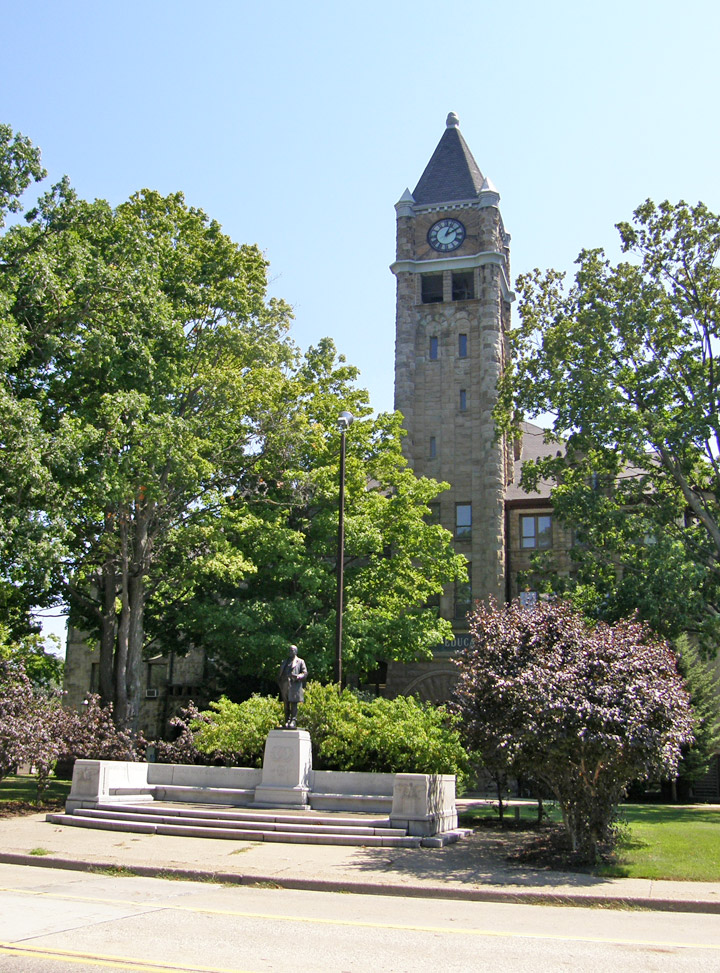
Muskegon
Muskegon is a city in the U.S. state of Michigan. As of the 2000 census, the city population was 40,105. The city is the county seat of Muskegon County, Michigan. The city is located at the southwest corner of Muskegon Township, but is politically independent.
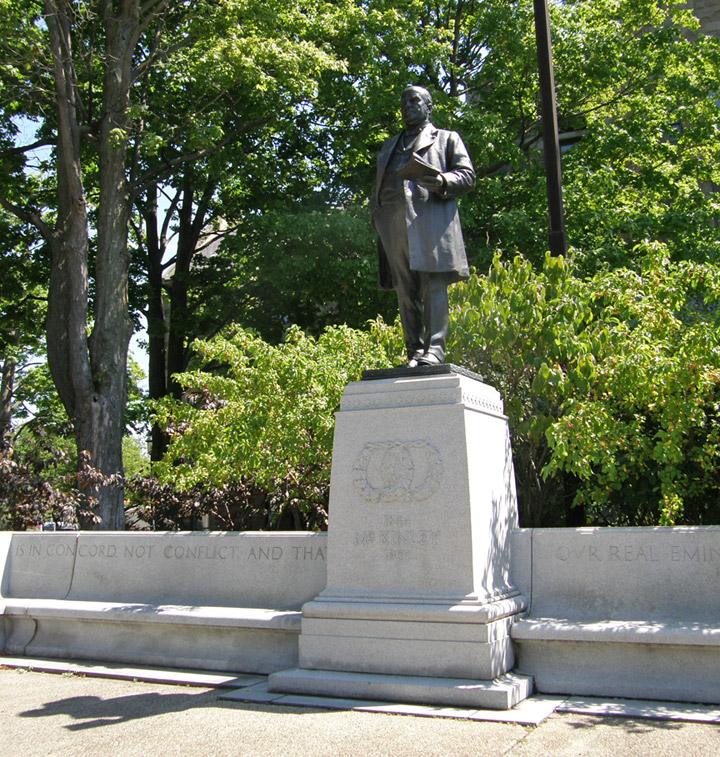
McKinley in front of Hackley school
Muskegon is the greater populated of two principal cities of and included in the Muskegon-Norton Shores Metropolitan Statistical Area, which is further included in the larger Grand Rapids-Muskegon-Holland Combined Statistical Area. Muskegon is the largest city on the eastern shores of Lake Michigan.
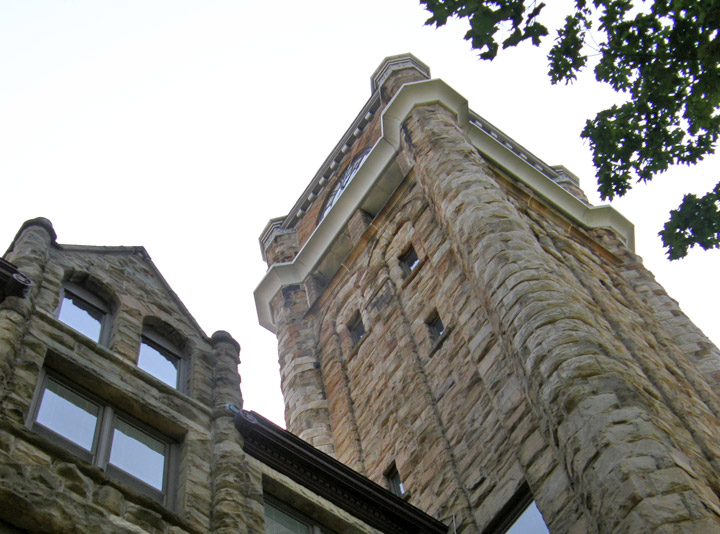

The Hackley School
Hackley, a Lumber Baron
Human occupation of the Muskegon area goes back seven or eight thousand years to the nomadic Paleo-Indian hunters who occupied the area following the retreat of the Wisconsonian glaciations. The Paleo-Indians were succeeded by several stages of woodland Indian developments, the most notable of whom were the Hopewellian type-tradition, which occupied this area, perhaps two thousand years ago.
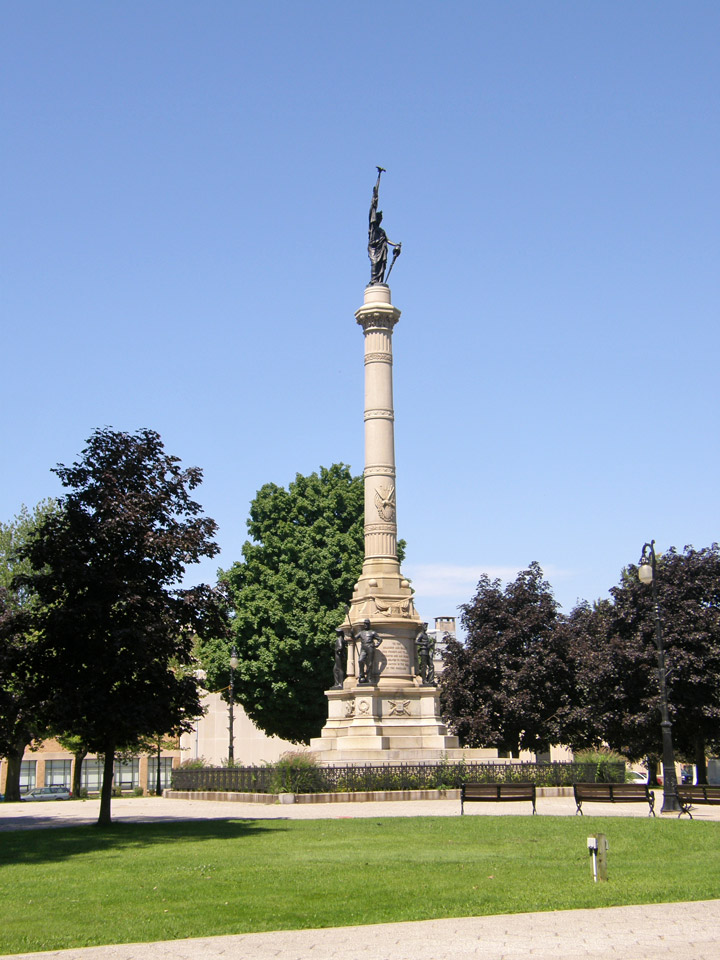
Civil War Memorial
During historic times, the Muskegon area was inhabited by various bands of the Ottawa and Pottawatomi Indian tribes. Perhaps the best remembered of the Indian inhabitants of the area was Ottawa Indian Chief, Pendalouan. A leading participant in the French-inspired annihilation of the Fox Indians of Illinois in the 1730s, he and his people lived in the Muskegon vicinity during the 1730s and 1740s, until induced by the French to move the settlement to the Traverse Bay area in 1742.

Grant
"Muskegon" is derived from the Ottawa Indian term "Masquigon" meaning "marshy river or swamp". The "Masquigon" river was identified on French maps dating from the late seventeenth century, suggesting that French explorers had reached Michigan's western coast by that time.
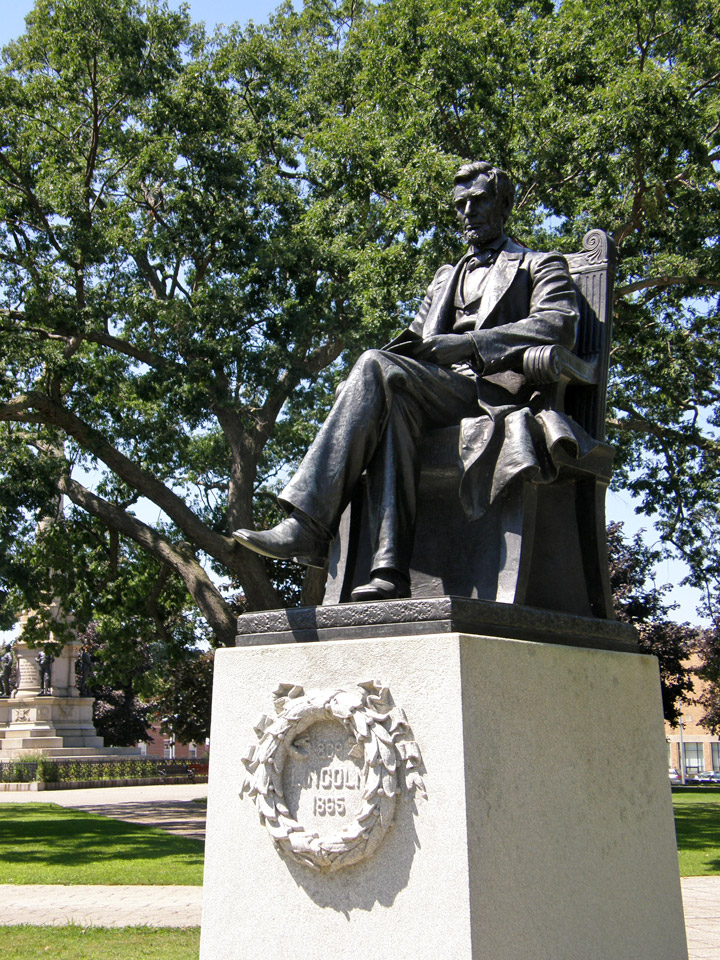
Lincoln
Father Jacques Marquette traveled northward through the area on his fateful trip to St. Ignace in 1675 and a party of French soldiers under La Salle's lieutenant, Henry de Tonty, passed through the area in 1679.
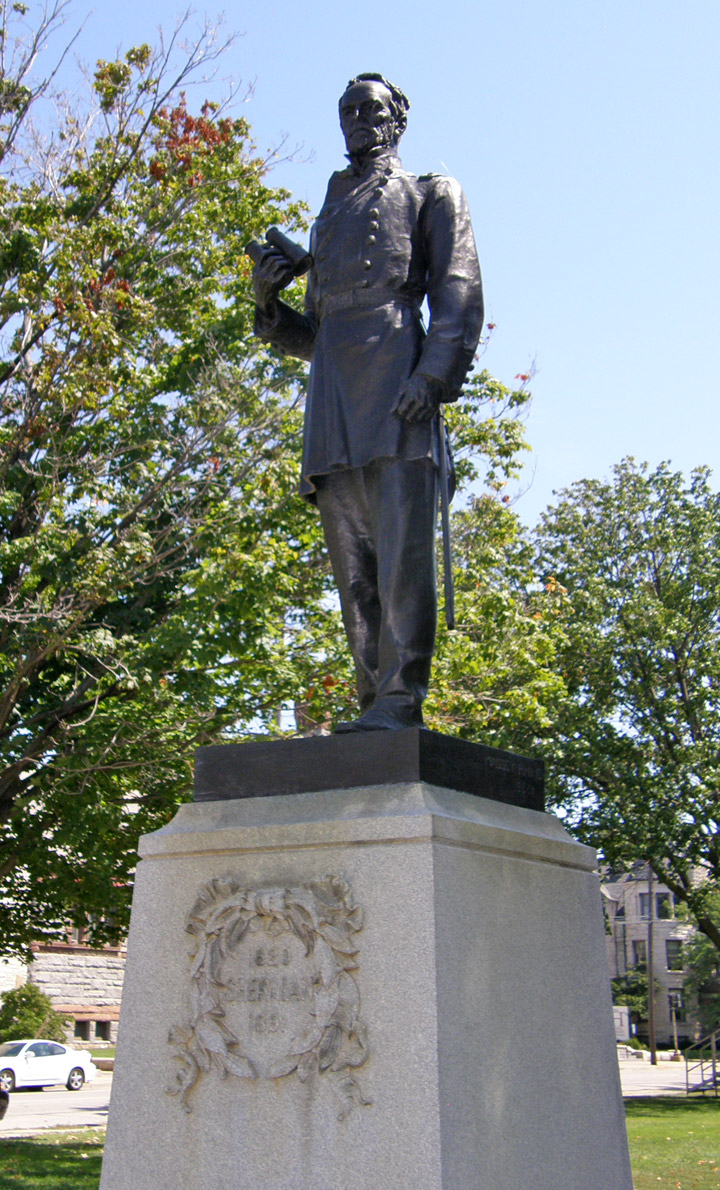
Sherman
The earliest known white resident of the county was Edward Fitzgerald, a fur trader and trapper who first came to the Muskegon area in 1748 and who died here, reportedly being buried in the vicinity of White Lake. Sometime between 1790 and 1800, a French-Canadian trader named Joseph La Framboise established a fur trading post at the mouth of Duck Lake. Between 1810 and 1820, several French Canadian fur traders, including Lamar Andie, Jean Baptiste Recollect, and Pierre Constant had established fur trading posts around Muskegon Lake.
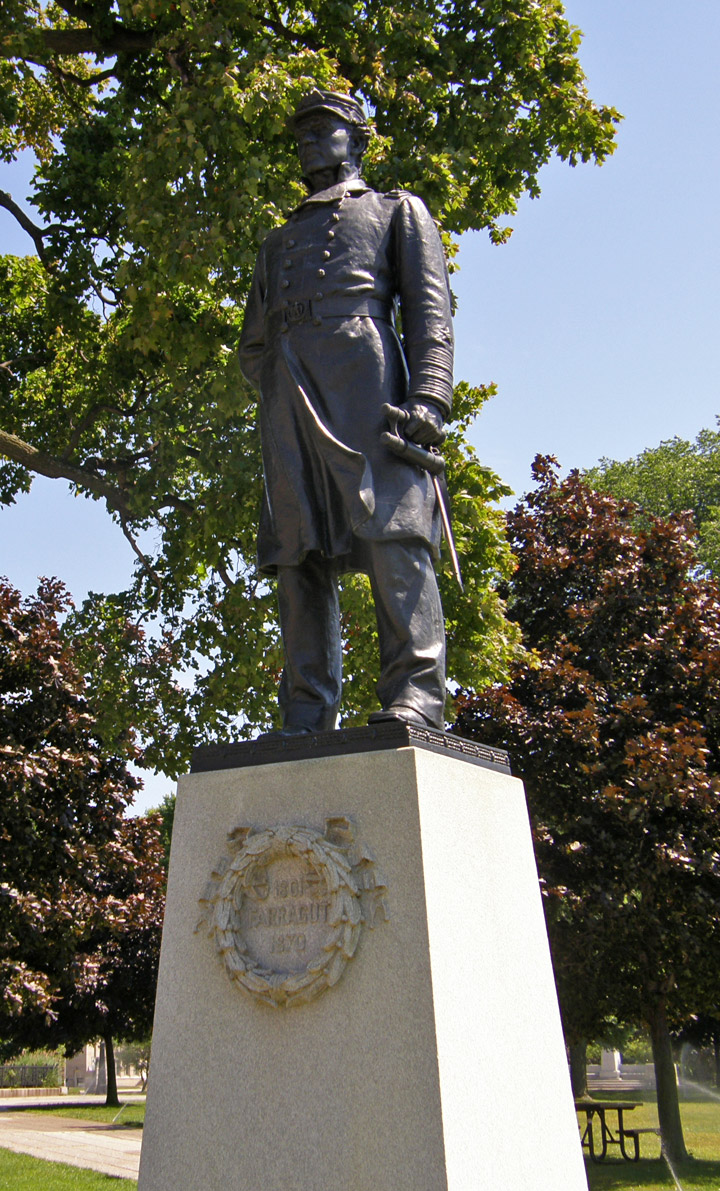
Farragut
A Civil War set of four statues on the four corners of the Park
Settlement of Muskegon began in earnest in 1837, which coincided with the beginning of the exploitation of the area's extensive timber resources. The commencement of the lumber industry in 1837 inaugurated what some regard as the most romantic era in the history of the region.
Text from Wikipedia
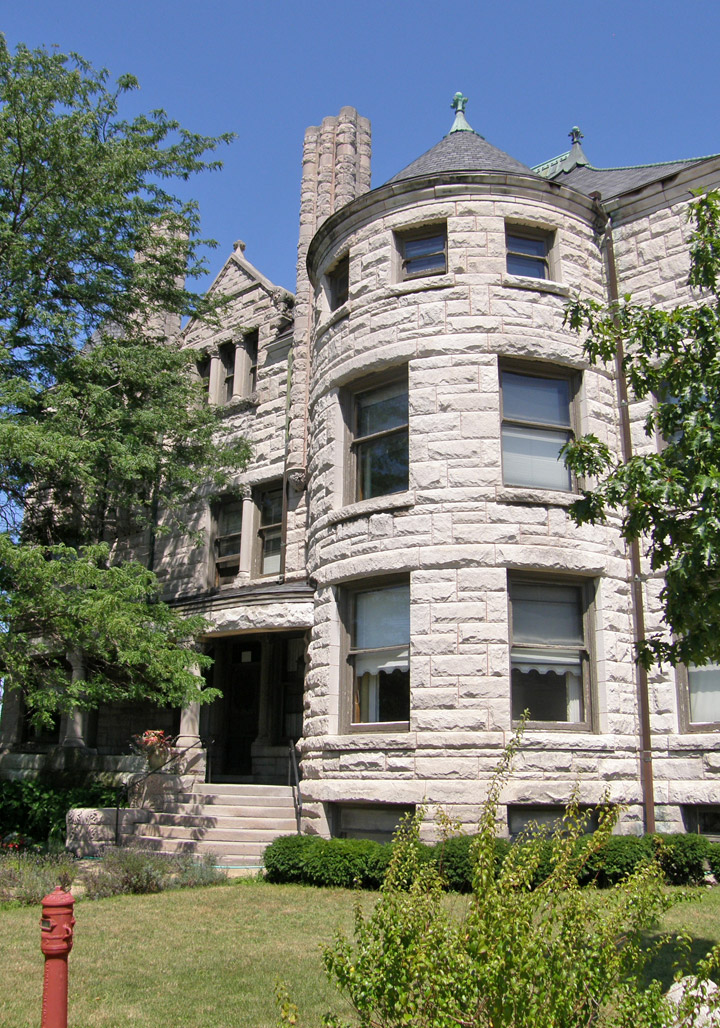
Torrent House
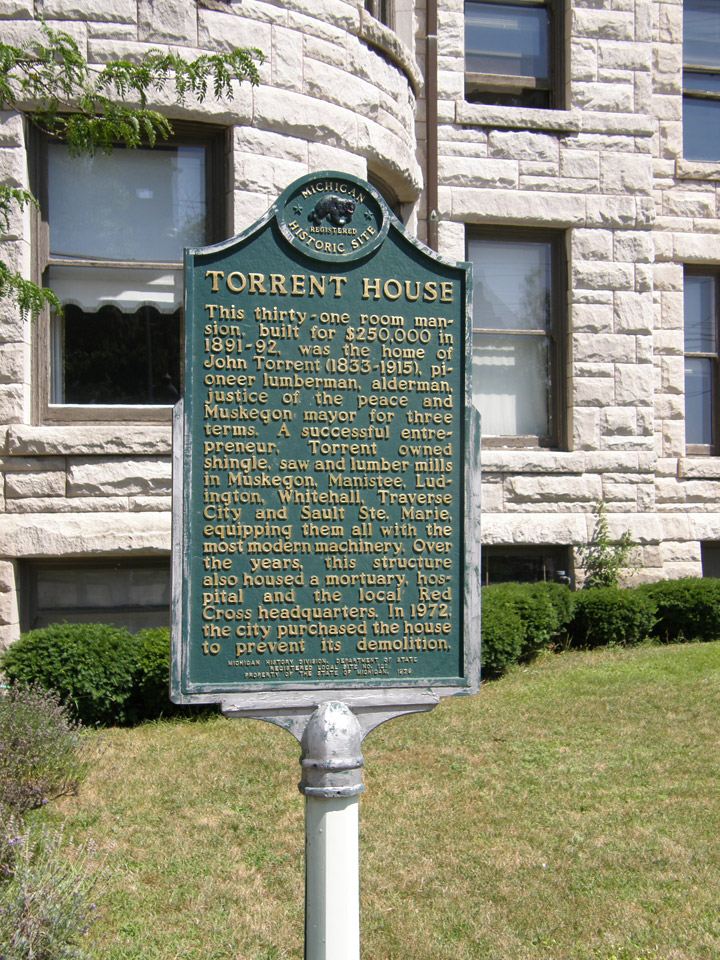
Another of the Lumber Barons
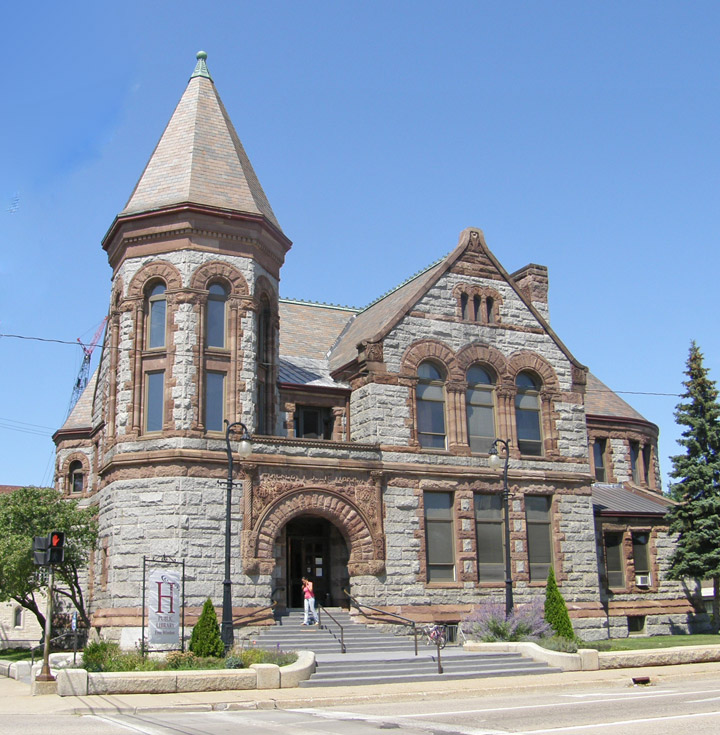
Hackley Library
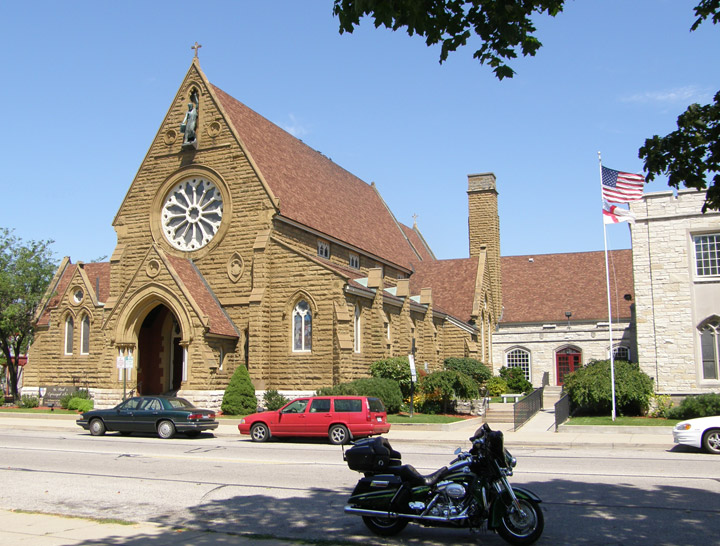
Episcopal church
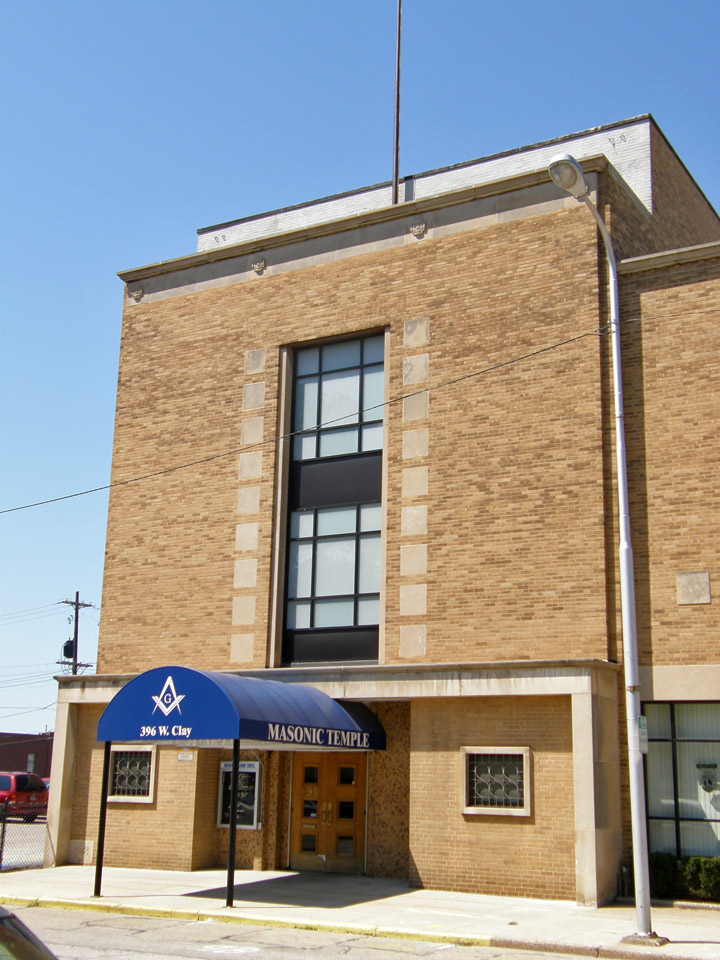
Masonic Temple
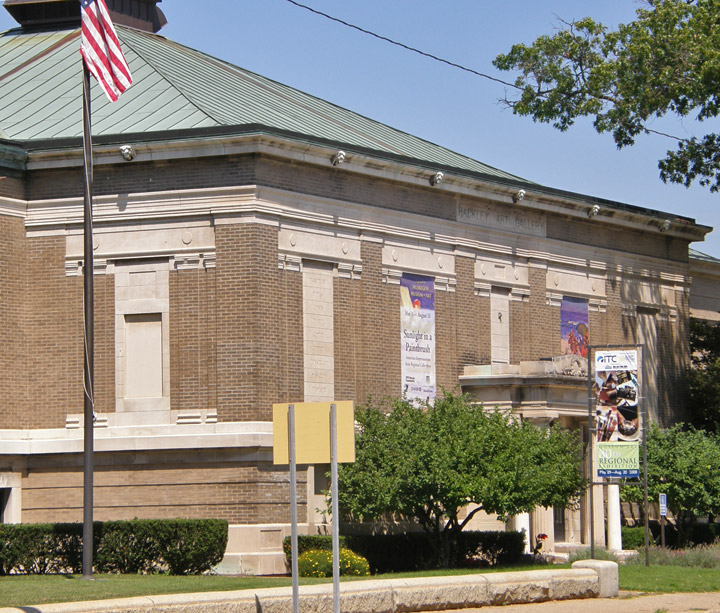
Hackley Art Gallery
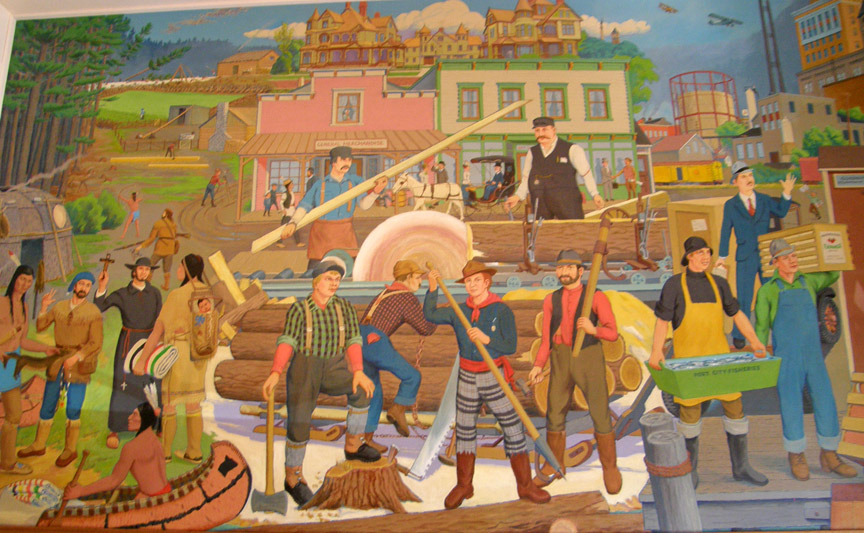
early days in Muskegon
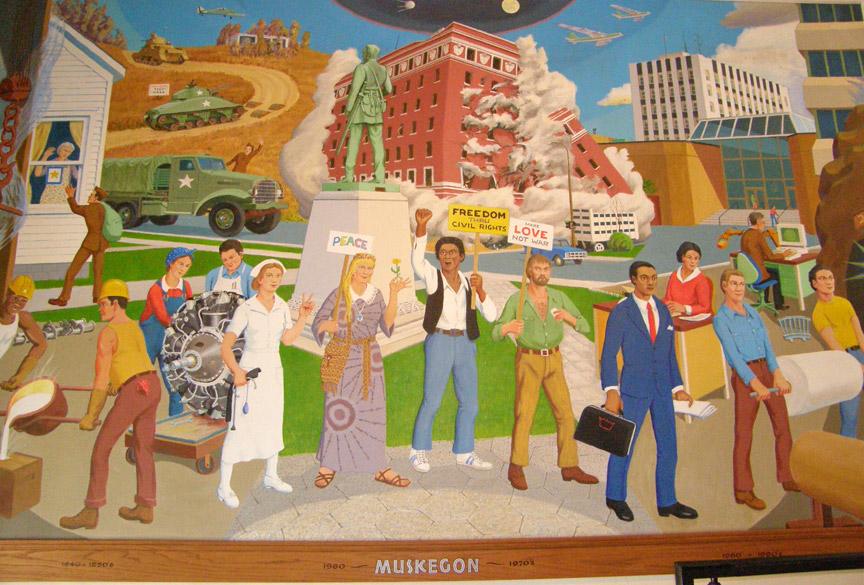
contemporary Muskegon
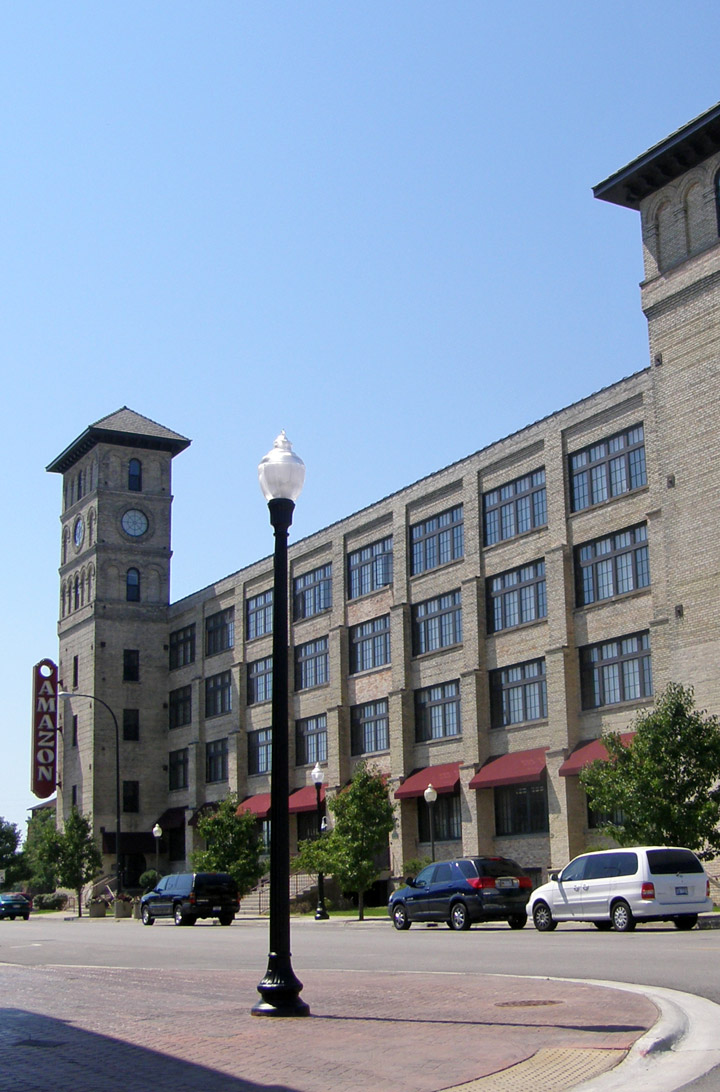
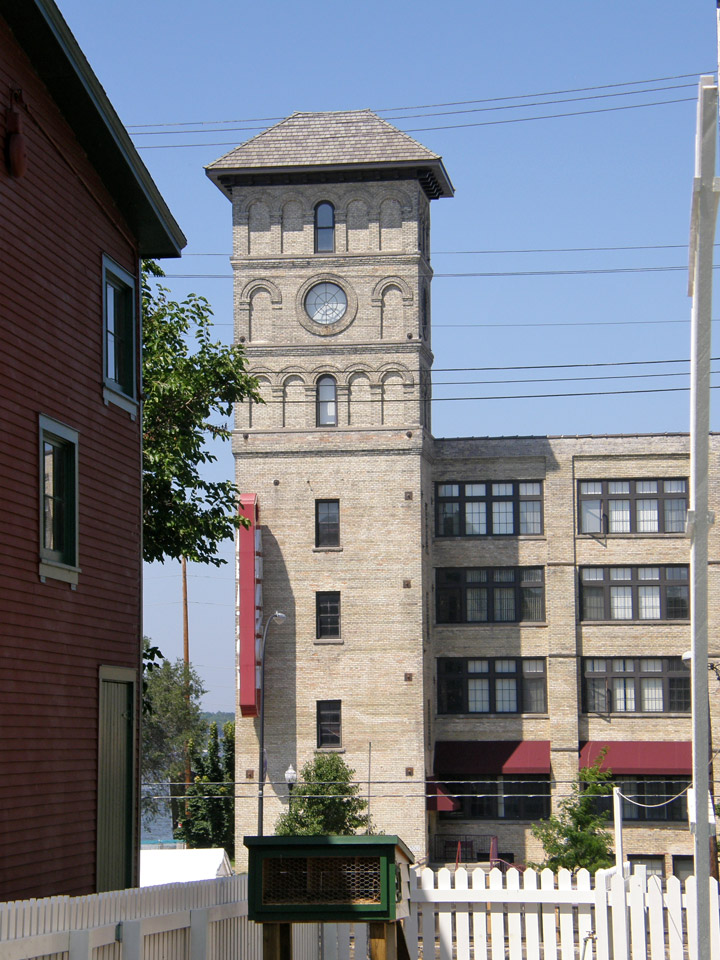
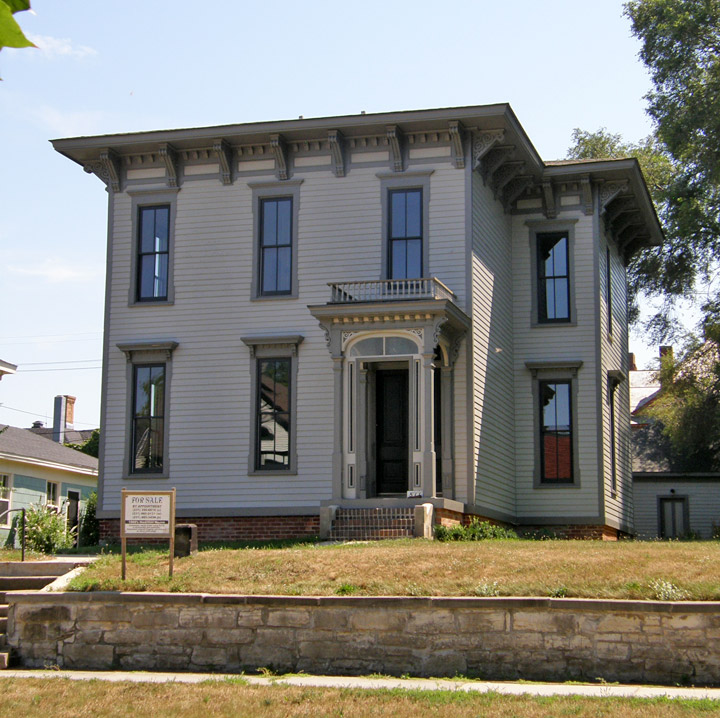
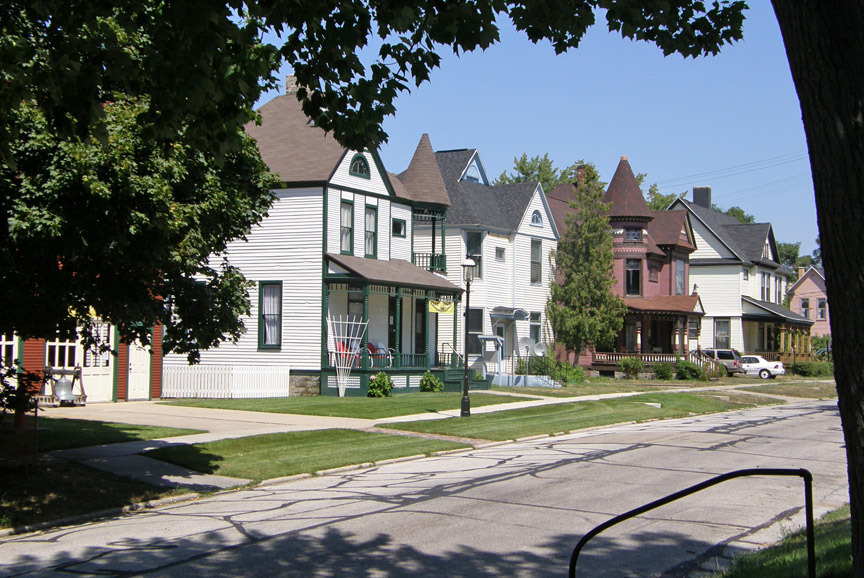
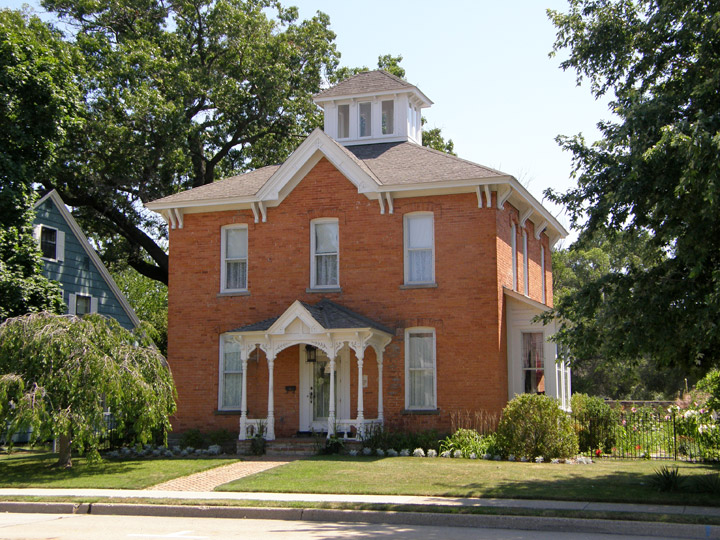

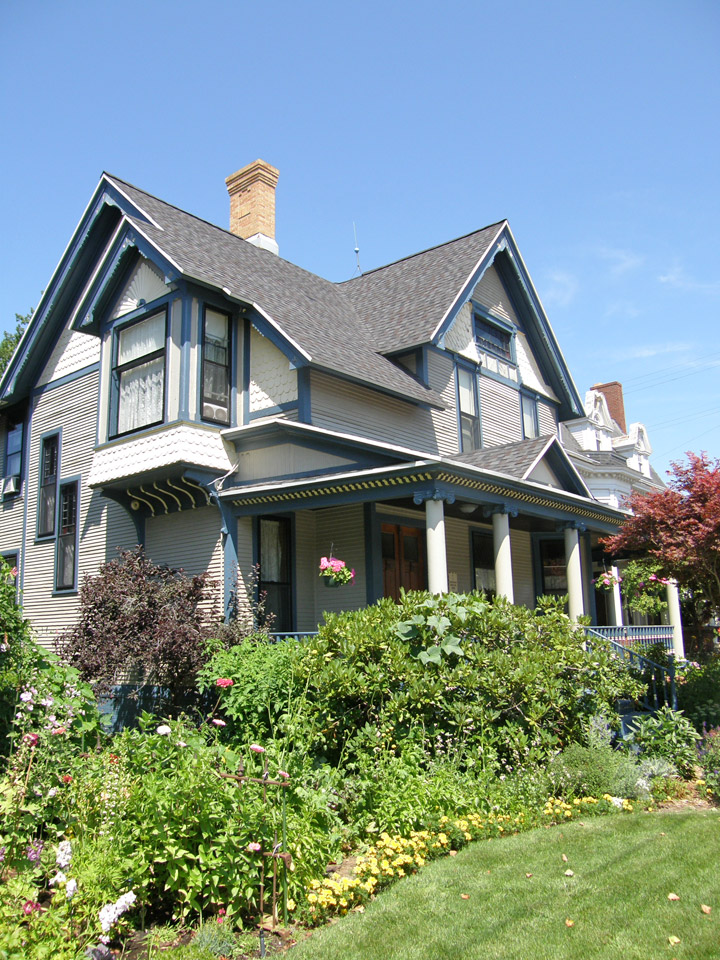
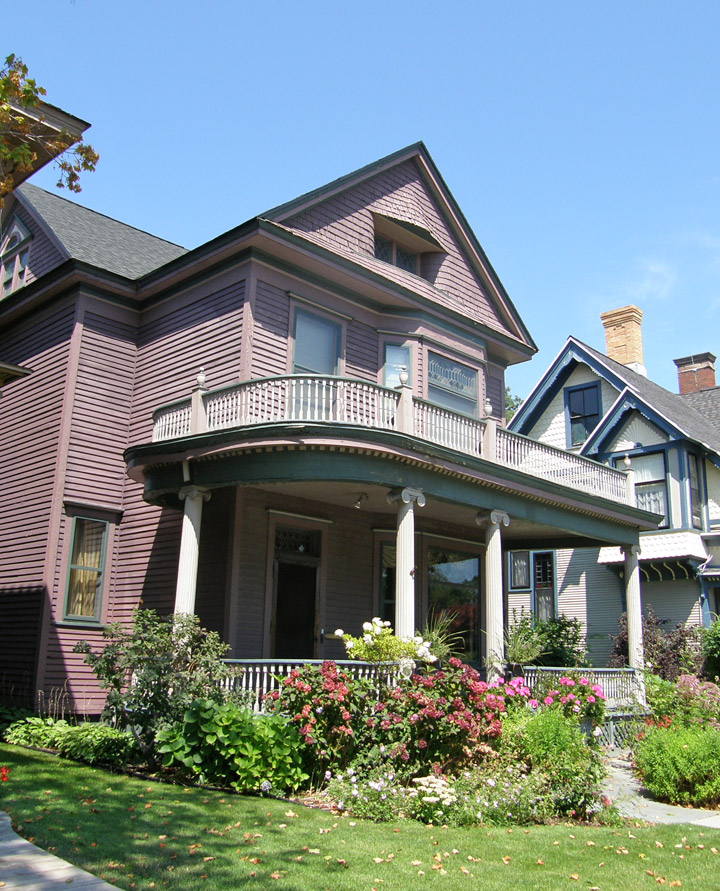
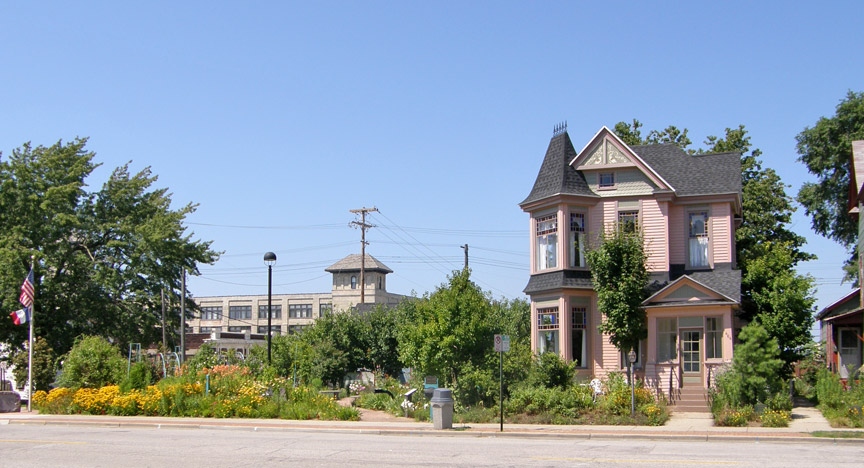
"Monet's Garden"
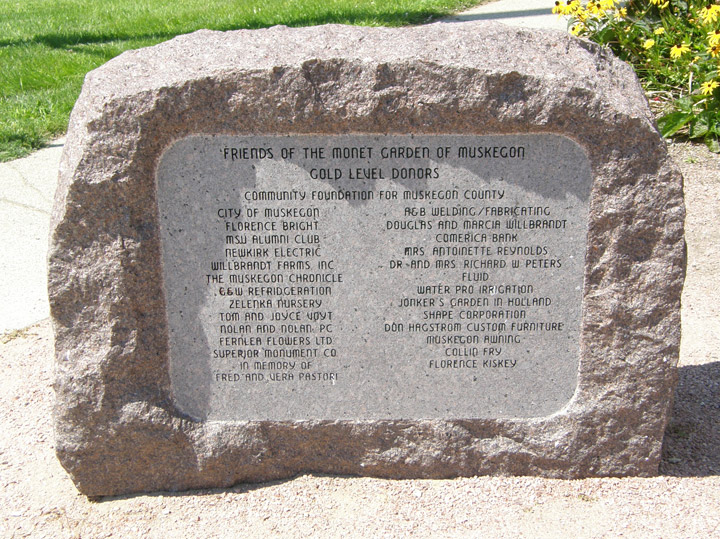
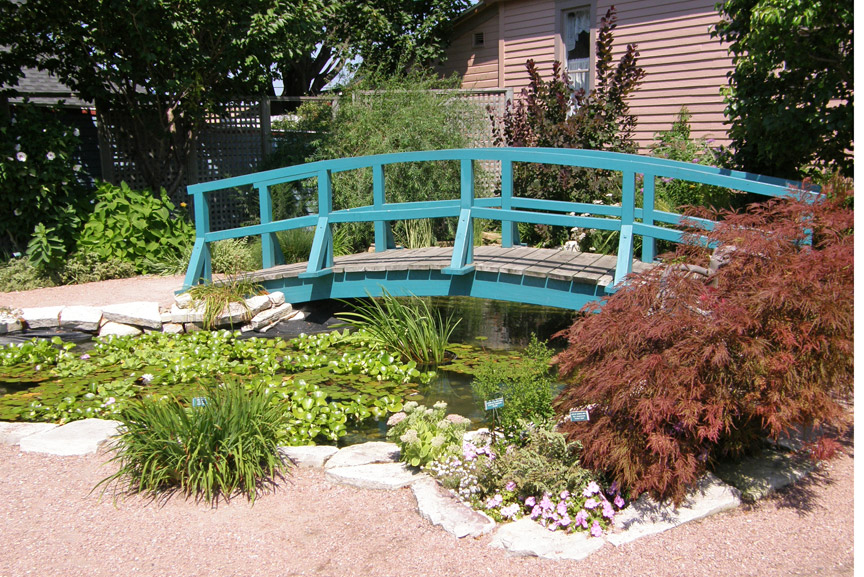
the Monet bridge


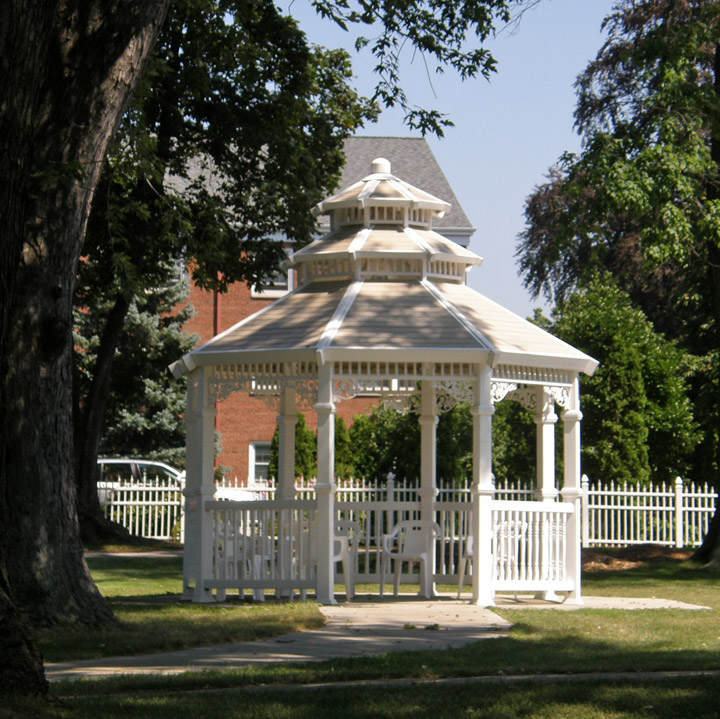
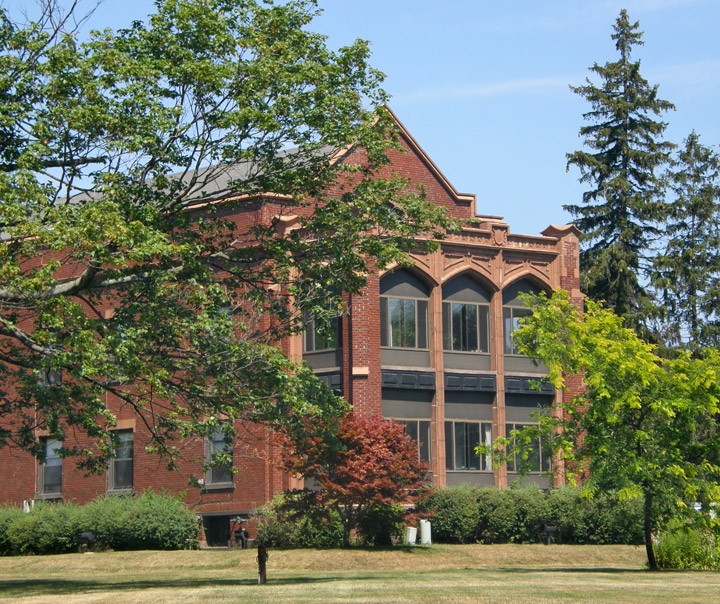
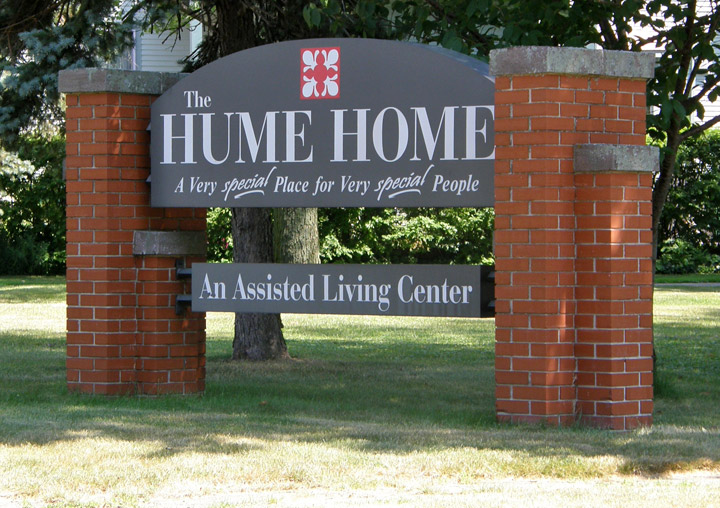
Hume, another of the Lumber Barons
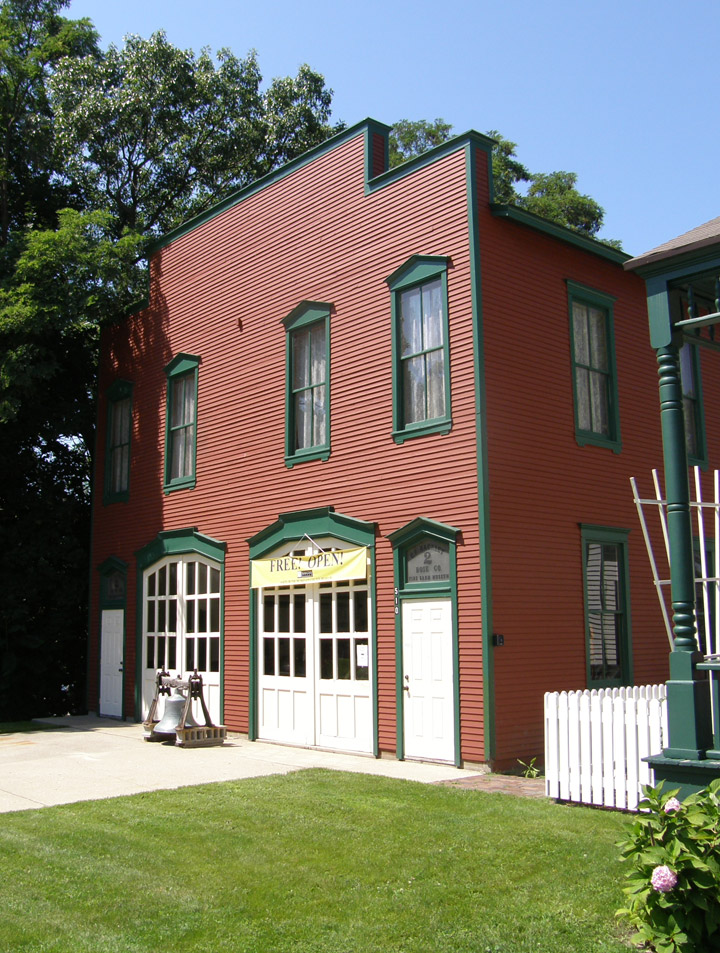
historic firehouse
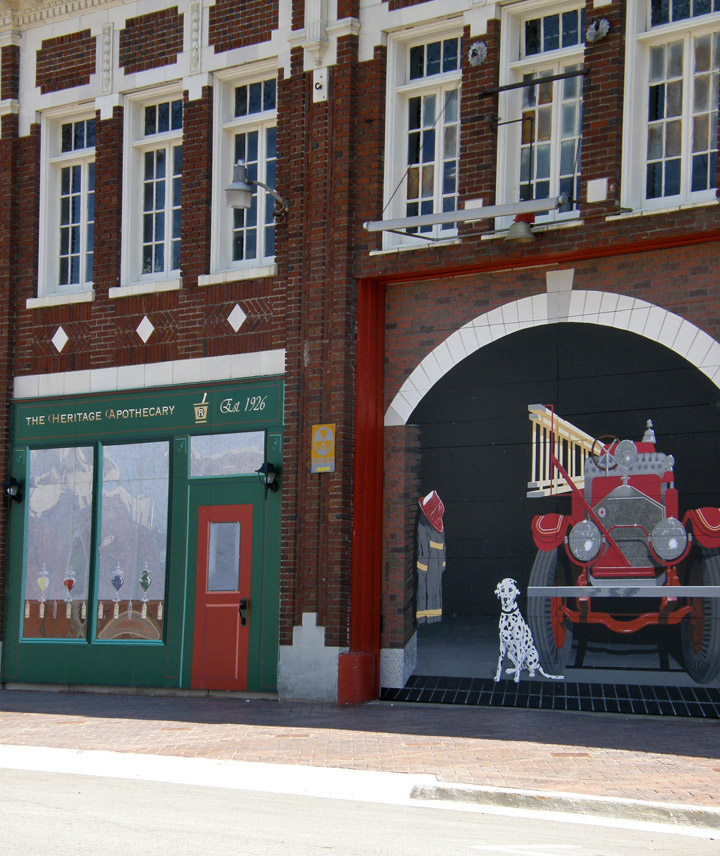
the Dalmatian Dog at the Ready !